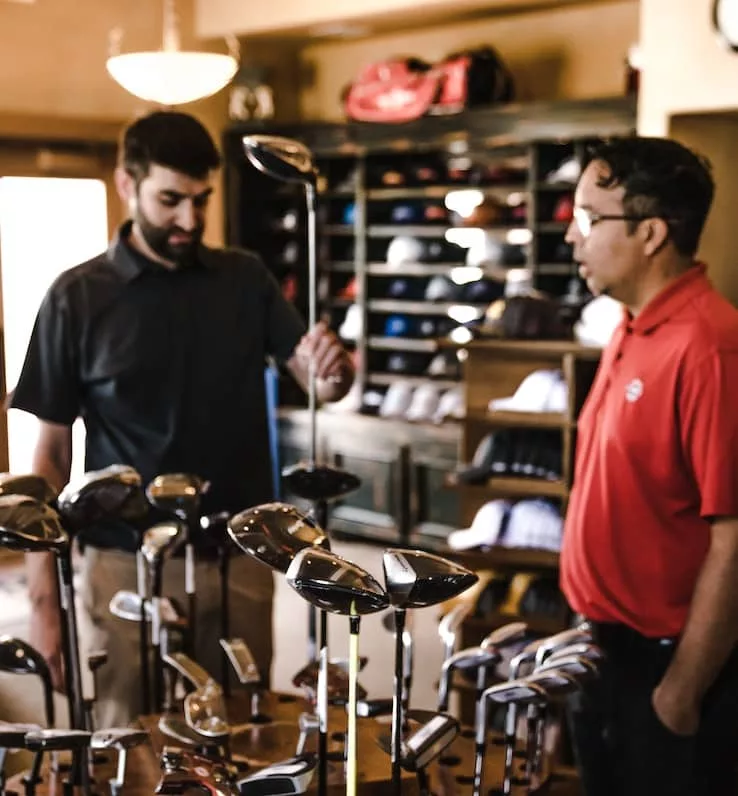
Golf, often described as a game of finesse and strategy, requires not only technique but also a thorough understanding of the tools at the player’s disposal. Among these tools, golf clubs are the essential equipment that can significantly influence a player’s course. Each golf club is meticulously manufactured for specific situations on the golf course, reflecting a blend of art, science and tradition. This article aims to delve into the fascinating world of golf clubs, demystifying the characteristics and applications of the various types – drivers, woods, irons, wedges, putters and the increasingly popular hybrids.
Whether you are a beginner starting out on your golfing journey, an amateur honing your skills or a seasoned professional, a better understanding of golf clubs will undoubtedly raise your appreciation of this exciting sport.
Golf clubs are classified into five main types: woods, hybrids, irons, wedges and putters. Each type of club is designed for different situations on the golf course and therefore varies in terms of loft (the angle of the club face), length and design. A golfer has a maximum of 14 clubs in his bag. During an official competition, these clubs must be approved by the USGA (United States Golf Association) for the U.S.A and Mexico, or the R&A (Royal and Ancient Golf Club of St Andrews) for the rest of the world.
Below is a brief description of each type.
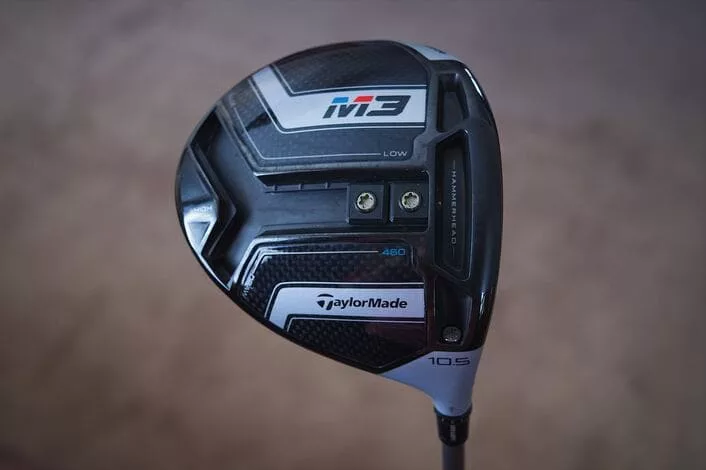
These are the longer clubs, designed for long shots. They are usually used for the first shot on a hole, often referred to as the “tee shot”. Woods have this name because they were originally made of wood, but are now mostly made of metallic materials such as titanium and steel, but also carbon fiber. The most common wood is driver (also called 1-wood), which is used to hit the longest distance. The other woods, like the 3 or the 5 wood are called fairway woods.
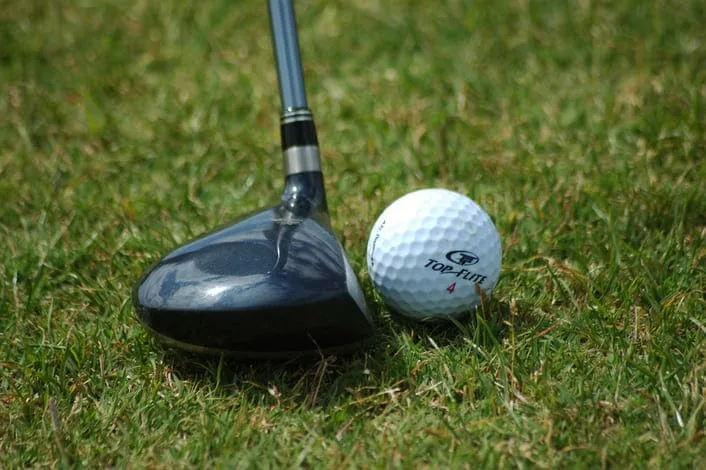
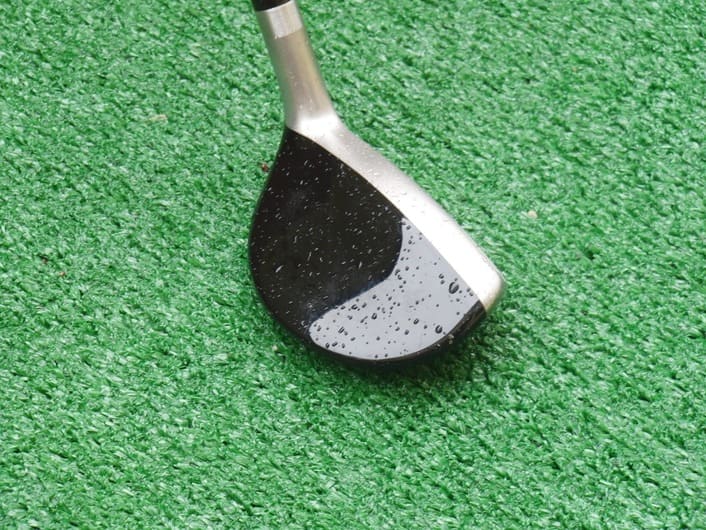
Hybrid golf clubs are a recent innovation in golf club design and have gained popularity for their versatility and ease of use. As the name suggests, they are a “hybrid” of woods and irons, designed to combine the best characteristics of both.
Hybrids are usually used instead of high-numbered irons and fairway woods. The hybrid design incorporates the shaft of an iron, while retaining the wider, more forgiving club head of a wood. This configuration is particularly advantageous for high handicap and recreational golfers, offering an easier shot and more consistent distance, especially in difficult terrain such as deep rough or uneven terrain.
Hybrids are numbered similarly to the irons they replace, for example, a 3 hybrid would replace a 3 iron, and so on. In general, integrating hybrid clubs into a golfer’s set can make the game more enjoyable and accessible by simplifying those difficult shots.
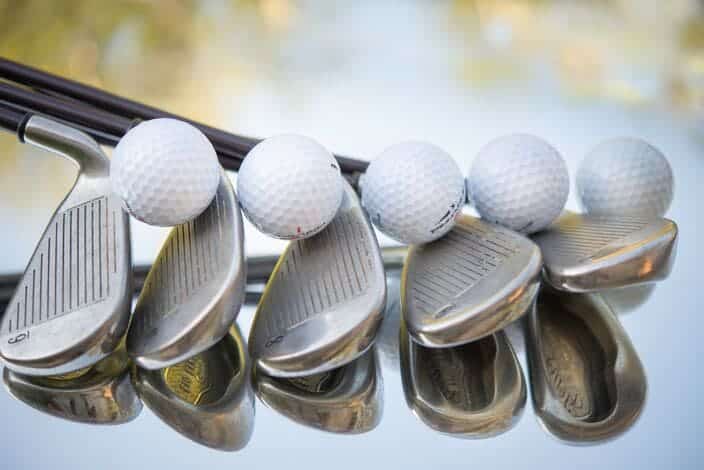
Irons are versatile tools used for a variety of shots, from tee shots on shorter holes to precise approach shots to the green. Irons are usually numbered from 1 to 9 (but irons 1, 2 and 3 are very difficult to hit and are often replaced by hybrids in players’ bags), with lower numbers indicating longer shots and higher lofts. A typical golfer’s bag usually includes the pitching wedge to the 5 iron. The pitching wedge is considered to be the 10th iron as long as the club head has the same design as your iron set.
There is also an alternative called a driving iron (or utility iron) popular with high-performance players (available from Titleist, Taylormade, Mizuno, Srixon, Ping, Wilson Staff, Callaway, Cobra, Takomo, Sub-70, Caley…). They are very convenient for tee shots with very narrow fairways.
I personally have a Takomo 101U utility 4 iron, which I love, especially when fairways are tight.
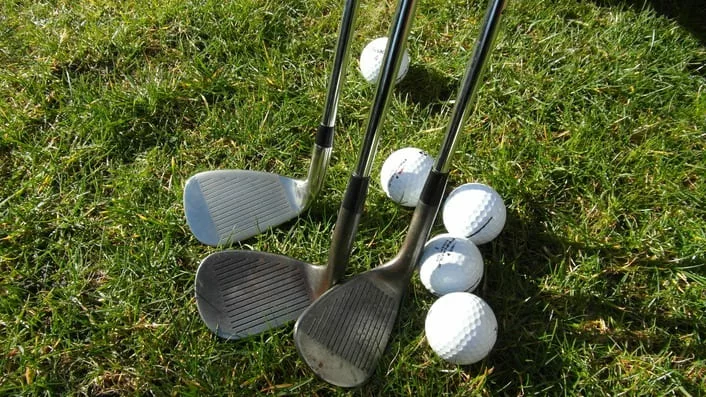
Wedges are a subtype of irons, designed for short-range chip and pitch shots (under 50 yards), to get the ball on the green, and for “recovery” shots, such as from sand bunkers. They are characterized by high loft club faces, which help to lift the ball into the air. The most common types of wedges include the pitching wedge (PW – between 46 and 48 degrees), the gap wedge (GW – 52 degrees), the sand wedge (SW – 56 degrees) and the lob wedge (LW – 60 degrees). They are also different from irons by the bounce, the angle created between the leading edge and the lowest point of the trailing edge.
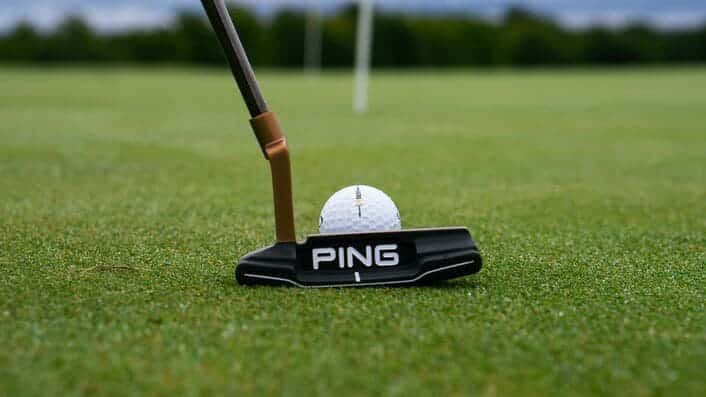
The putter is a specialized club used to hit short, low-speed shots with the intention of rolling the ball into the hole. This is usually done on the green, although the putter can be used from the fringe or the rough if necessary.
There are different styles of putters that depend on the type (face-balanced, toe balanced), but also on the design of the head (blade, mallet), the face of the club (metal face, insert, grooved) the length of the shaft (from 32 inches to 46 for armlocked putters and belly putters) and the type of grip (classic, cuperstroke, armlocked…).
The best-known putter brands are: Odyssey (owned by Callaway), Scotty Cameron (owned by Titleist), PING, Taylormade, L.A.B Golf, EvnRoll, Bettinardi… but almost all golf club manufacturers make putters.
Getting started in golf isn’t always easy because of the price of equipment. We recommend that you start with second-hand golf equipment. That’s why we created Bogey Golfers, the first free classifieds site where you can buy and sell all kinds of golf equipment in Portugal. Bogey’s mission is to democratize golf in Portugal by facilitating access to second-hand equipment, allowing you to equip yourself in a more economical way and favoring a much more ecological approach.
Each golfer’s set of clubs is adapted to their style and the conditions in which they normally play. In addition to golf clubs, there are several other pieces of equipment and items that are crucial to playing golf. Here are some of the essentials:
Golf balls are the objects that players hit to score points in golf. They are small, usually white (but can be other colors, yellow for example is more visible in the rough) and have a dimpled surface to aid flight, and generate spin. Golf balls are usually the most expensive item (excluding golf clubs), especially if you have a tendency to hit big slices, because you have to buy them frequently.
This is a bag used to carry golf clubs. A good golf bag will have several compartments for different types of clubs, as well as extra space for additional equipment. You have sunday bags, carry bags and staff bags. You can have up to 14 clubs in your golf bag.
A tee is a small peg, usually made of wood or plastic, where you can place your golf ball for the first shot of each hole (the tee shot). You can also find some made of bamboo, or sustainable materials.
Traditional golf shoes have “spikes” or “cleats” to prevent slipping during the golf swing. The additional grip is required, because the golf swing is a rotational mouvement where the ground is usedby the player to generate power. Modern golf sneakers (Nike, Puma, Adidas, Olukai…) are designed with special grip soles that don’t require changing the spikes.
Many golfers wear a glove to get a better grip on the club and to avoid blisters/calluses. Gloves are usually worn on the main hand (left hand for a right-handed golfer and vice versa). They are traditionally made of leather (cabretta leather for the best gloves), or synthetic leather. Leather fits the hand better, but is more expensive. Synthetic materials are more affordable, but don’t breath well.
Golfers usually wear polos (collared shirts), golf pants or shorts and a hat or visor to protect themselves from the sun. Women also wear golf skirts. Most golf courses have mandatory dress codes that players must respect to be allowed to play on the course (and even the driving range in some clubs). The most common rules are to wear a collared shirt, golf shoes and pants (for men).
Ball markers are used to mark the position of your ball on the green while other players are putting, so that your ball doesn’t interfere with their line, or putt. You can use a proper ball marker with a logo on it, but also any type of coin, as long as it is flat enough to not make the ball jump if it rolls on it.
The pitch mark repair tool looks like a fork with 2 teeth. It is used to repair the hole (or “divot”) made by the ball when it lands on the green. Each golfers is required to have one in their pocket at all times, according to golf etiquette.
Since golf is an outdoor sport, often played in changeable weather conditions, a good umbrella can be crucial to stay dry longer in rainy conditions. Golf umbrellas are wider, since the player will use it during long periods of time in open environments.
A rangefinder is a device used to measure distance (in meters or yards, depending on your country). It can help golfers decide which club to use based on the distance to the hole or other reference points on the course. The latest rangefinders also measured the adjusted distance by analyzing the slope (uphill, downhill)…
A golf towel is used to clean clubs and balls and to dry your hands.
Remember, although some of these items can enhance your golfing experience, not all of them are strictly necessary, especially for a beginner. You can enjoy golf with just the basic equipment and gradually increase your equipment as you develop your skills and passion for the sport.
Check out our other website dedicated to finding the best indoor golf simulators venues near you: screengolfers.com
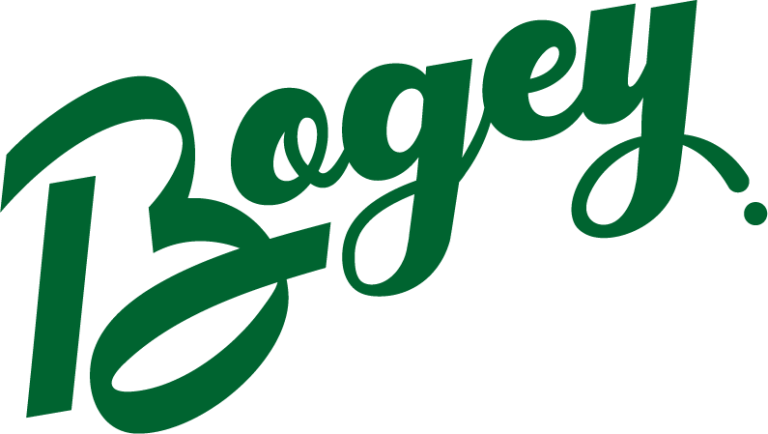
The #1 golf marketplace in Portugal.